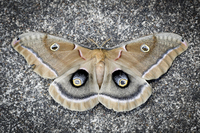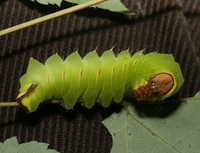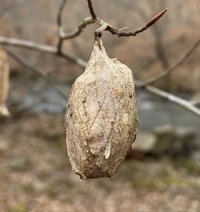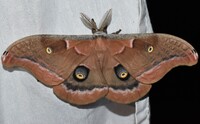
| Recorded by: David George, Jeff Niznik on 2025-09-14
Durham Co.
Comment: | 
| Recorded by: David George, Jeff Niznik on 2025-09-14
Durham Co.
Comment: |
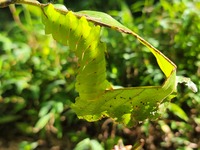
| Recorded by: Matt O'Driscoll on 2025-09-01
Alamance Co.
Comment: | 
| Recorded by: Emily Stanley on 2025-08-18
Buncombe Co.
Comment: |
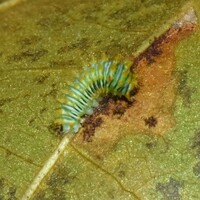
| Recorded by: Jeff Niznik, Larry Chen, Sarah Toner, Kaitlyn Elliott on 2025-08-16
Richmond Co.
Comment: | 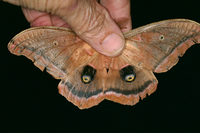
| Recorded by: Jim Petranka, Mark Basinger and Becky Elkin on 2025-08-03
Moore Co.
Comment: |
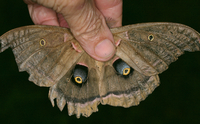
| Recorded by: Jim Petranka and Becky Elkin on 2025-07-29
Madison Co.
Comment: | 
| Recorded by: A. F. on 2025-07-23
Beaufort Co.
Comment: |

| Recorded by: Jeff Niznik, David George, Rob Van Epps, Kevin Metcalf on 2025-07-20
Richmond Co.
Comment: | 
| Recorded by: Jeff Niznik, David George, Larry Chen, Sarah Toner, Joye Zhou on 2025-06-20
Richmond Co.
Comment: |
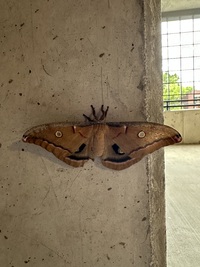
| Recorded by: Caroline Gillison on 2025-06-14
Wake Co.
Comment: | 
| Recorded by: Mark Basinger on 2025-05-29
Wilson Co.
Comment: |
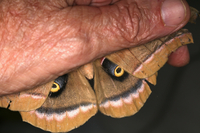
| Recorded by: Jim Petranka on 2025-05-24
Richmond Co.
Comment: | 
| Recorded by: Mc Rae on 2025-05-01
Dare Co.
Comment: |
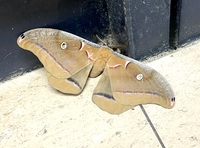
| Recorded by: Abel Davalos on 2025-04-30
Wilson Co.
Comment: | 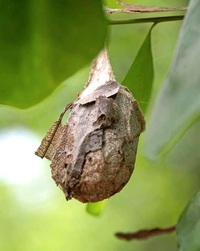
| Recorded by: Mark Basinger on 2025-04-26
Brunswick Co.
Comment: |
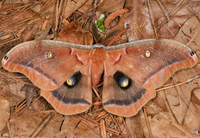
| Recorded by: Jim Petranka and Becky Elkin on 2025-04-15
Bladen Co.
Comment: | 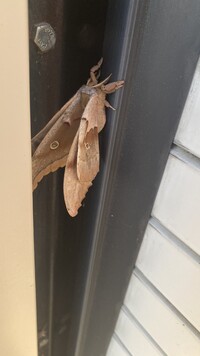
| Recorded by: Christina Abbood on 2025-04-09
Pender Co.
Comment: |
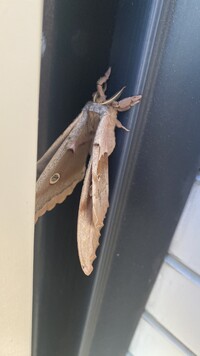
| Recorded by: Christina Abbood on 2025-04-09
Pender Co.
Comment: | 
| Recorded by: Eugenia Wade on 2025-03-05
Edgecombe Co.
Comment: |
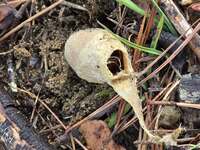
| Recorded by: Eugenia Wade on 2025-03-05
Edgecombe Co.
Comment: | 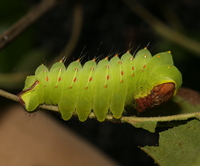
| Recorded by: David George on 2024-09-30
Durham Co.
Comment: |
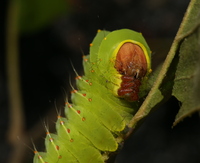
| Recorded by: David George on 2024-09-30
Durham Co.
Comment: | 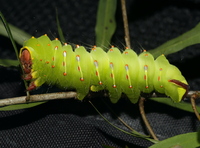
| Recorded by: David George on 2024-09-15
Orange Co.
Comment: |
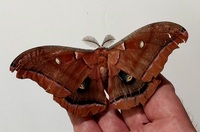
| Recorded by: Mark Basinger on 2024-09-12
Wilson Co.
Comment: | 
| Recorded by: David George on 2024-09-08
Durham Co.
Comment: |
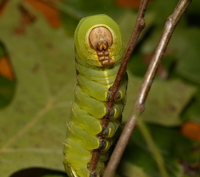
| Recorded by: David George on 2024-09-08
Durham Co.
Comment: | 
| Recorded by: ASH on 2024-08-21
Yancey Co.
Comment: |
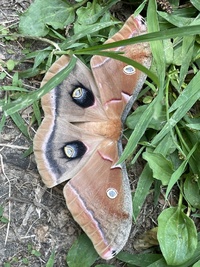
| Recorded by: Morgan Freese on 2024-08-16
Buncombe Co.
Comment: | 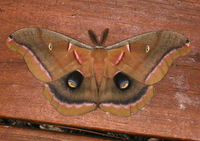
| Recorded by: Jim Petranka on 2024-08-13
Madison Co.
Comment: |
|

 »
»